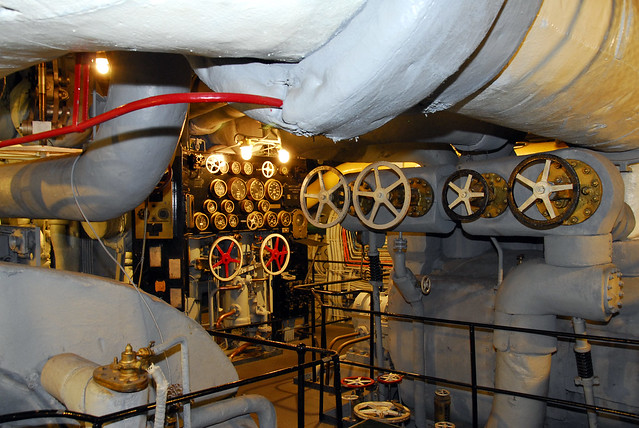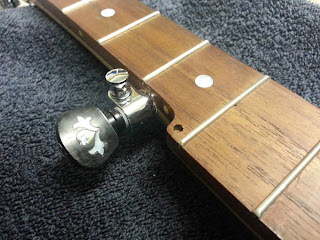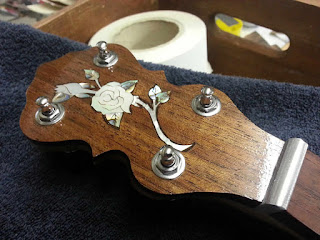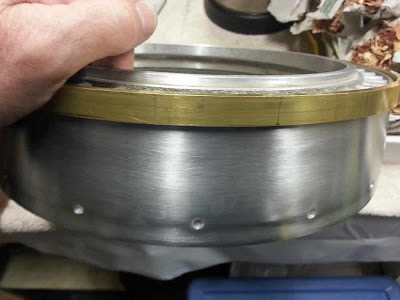 |
| Sunset on Mobile Bay |
As I was leaving for work last Thursday Morning, Mary Ann asked, "What would you think about going to Gulf Shores this weekend?" That started a rapid-fire series of events that led to a really wonderful weekend. She got on the phone and discovered that most of the hotels on the coast were booked up. She found a couple of accommodations that were $1,000 per night with a seven-night minimum! And finally, she found a Courtyard Marriott in Spanish Fort, Alabama, with a room available that we could get using some of my Marriott points. She called me at work and I told my boss I was planning to take Friday off. That was how it all started.
We got mostly packed on Thursday night, finished up on Friday morning and were underway by about 11:00 AM, loaded with coolers, baggage, hanging clothes, books and Kindles, shoes and sandals -- prepared for anything shy of a formal ball or presidential inauguration. We had no trouble finding our location and were in our room around 6:00 PM.
 |
| The Original Oyster House |
I arose early on Saturday and let Mary Ann sleep in. I went to the lobby with my Kindle
| "Father Bob" preparing to hear confessions |
 |
| The Cathedral interior -- Breathtaking! |
I suggested that we try to find a place to eat on the way home. Again, Urban Spoon came to our rescue. Based on a high approval rating and several favorable comments, we ended up at Baudean's in Theodore, Alabama. It's not impressive on the outside, but our meal was delightful. I wrote a very favorable review for a site called Trip Advisor, another of my favorite rating sites. We each had a small portion of broiled shrimp with a side salad and baked potato. The food was fresh, well prepared, nicely served, and delicious. We were overfull on the small portion. I'd hate to see what the large portion looks like!We made it back to our hotel and retired for the night. After awakening on Sunday, we enjoyed a little coffee, got ready to go forth. and had lunch at a nearby Japanese hibachi restaurant, Japanese Express. The grilled food -- Mary Ann had shrimp/beef combo, I had scallops --was perfectly cooked and served over a bed of rice with a pungent sauce. The side servings of steamed vegetables were nicely done and still firm. The side salads were ultra fresh and cold. We lucked out again. Then we headed for today's first tourist activity, the USS Alabama and its associated attractions, an aviation museum and a World War II submarine, the USS Drum. The drive across the bay took no time and before we knew it we were parking the car within a couple hundred feet of this beautiful fighting machine. It's a majestic example of a bygone era when giant ships slugged it out with enormous guns at ranges in excess of twenty miles.
According to Wikipedia, "USS Alabama (BB-60), a South Dakota-class battleship, was the sixth ship of the United States Navy named after the US state of Alabama, Alabama was commissioned in 1942 and served in World War II in the Atlantic and Pacific theaters. She was decommissioned in 1947 and assigned to the reserve duty. She was retired in 1962. In 1964, Alabama was taken to Mobile Bay and opened as a museum ship the following year. The ship was added to the National Historic Landmark registry in 1986." She displaces around 35,000 tons. (Compare this with the displacement of 2,250 tons for my first ship, the USS Hugh Purvis, a destroyer.) The Alabama is just shy of 700 feet log and has a beam of about 100 feet. To a former destroyer sailor, it seems really HUGE.
Mary Ann and I paid our entry fee to the park and proceeded up a ramp to the main deck, still covered with teak, as it was built. We entered the superstructure and Mary Ann decided she would remain above the main deck while I explored. I descended about four decks in the aft part of the ship and saw huge crew bunking areas as well as the service spaces that were needed to care for her 1,800 officers and crew. There was a large barber shop, a tailor shop, and even a cobbler's shop. The brig had for separate cells. The bakery and food preparation areas were enormous. The presentation was beautifully done, with arrows pointing in the direction of self-guided tours, mannikins dressed as crew members carrying out their duties, and an abundance of explanatory plaques and museum displays.
 |
| The engine room main control panel |
My interest in this aspect of the ship stems from the fact that I was Main Propulsion Assistant on a destroyer and later the Chief Engineer of a destroyer escort, the USS Maloy. I love ship's machinery! I was not disappointed. The engine rooms are very much intact and available to visitors. I simply had to take a picture of this ID plate on a ship's generator cooling coil made in my home town of Schenectady, N.Y.
After I got my fill of below decks exploring, I rejoined Mary Ann, relaxing in the air-conditioned comfort of the officer's wardroom (dining room to you landlubbers). We proceeded to the aviation museum near the battleship. I half-seriously said to Mary Ann, "Maybe we'll see an F-8 Crusader like my brother flew." Sure enough, in a very nice collection of well-preserved military aircraft, there was an F-8. My brother Bill logged over 2,000 hours in that type of airplane.
| The Chance-Vought F-8 "Crusader" - The plane my brother flew in the 1960's |
 |
| Interior of USS Drum - Tight Quarters! |
Monday morning, we got packed and dressed and proceeded for a late breakfast at a nearby IHOP. When we left Spanish Fort, the GPS said we'd be home by 6:42 PM. We made a few convenience stops and one stop for fuel. Picked up a dinner pizza in Huntsville, and were still at the house right around 7:00. We were tired but happy. It was a most relaxing and enjoyable getaway.








